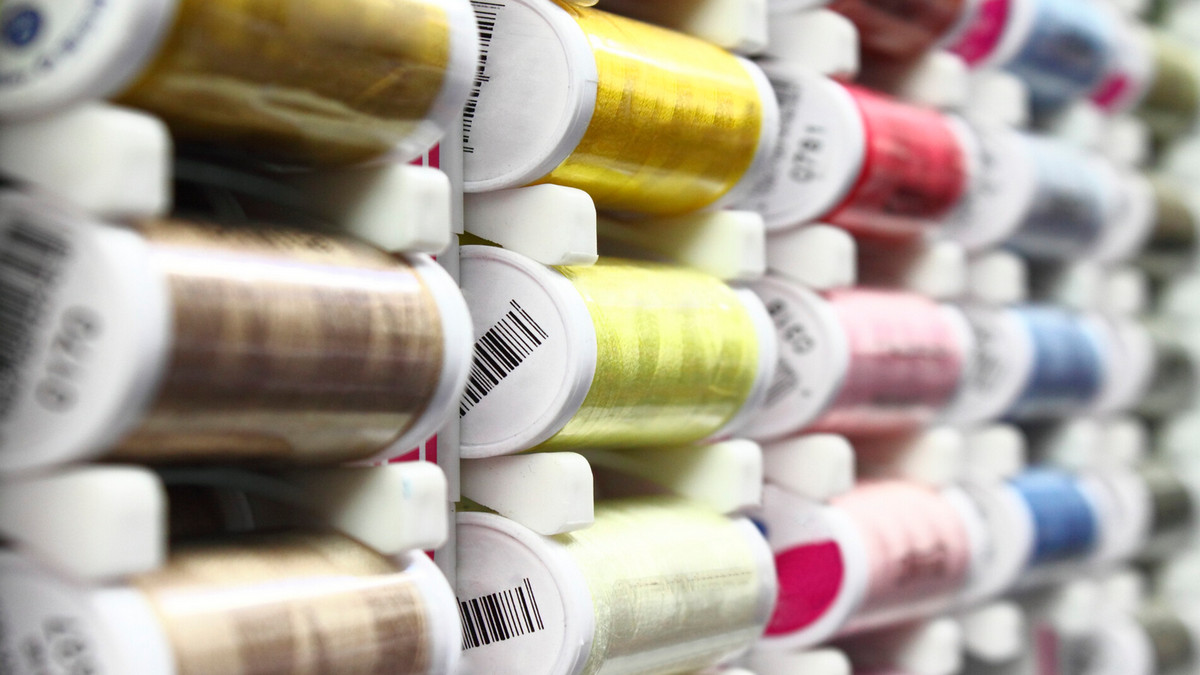Carbon neutrality, inflation, and rising energy costs will speed up the restructuring of the textile fiber supply chain. Suppliers with vertically consistent factories and green products are expected to win.
With the global warming effect (Greenhouse Effect) and the ENSO becoming more and more serious, with the rise of environmental awareness, in addition to the Paris Agreement, carbon neutrality and carbon right were widely discussed. Major technology brand factories also plan to require suppliers and are committed to making supply chains and products carbon neutral. It can be observed that the blue ocean market under the concept of environmental protection is gradually rising.
To reduce the cost pressure caused by inflation and meet the needs of global brand factories to pursue carbon neutrality, pointed out that the circular economy, green energy, and smart manufacturing are based on cutting-edge technological materials. Combined with AI, big data, and other digital-only by transforming the concept and creating green and smart production can we continue to be competitive in the global supply chain. To resist inflation, high electricity prices, reduce the pressure of various costs, and meet the needs of customers in response to the trend of carbon neutrality, spinning mills have adopted high-value products with an average unit price of ASP and increased green products to improve the supply chain.
What is Carbon Neutrality and Carbon Right?
Carbon Neutrality:
The carbon dioxide emissions produced by enterprises or governments in the production or operation process can be reduced by planting trees or increasing the use of renewable energy, and the two offset each other is called carbon neutrality.
In the process of manufacturing, the carbon dioxide emissions produced measurably are regarded as a deduction, and the ratio of purchasing green electricity is used as an addition to make up for the carbon emissions generated by production. When the deduction and the addition add up to each other. If it is greater than a positive value, it means that the company has implemented carbon neutrality and can become a green energy company. In the process, it can be proposed to use more raw materials to reduce carbon emissions in the original production, which can also be used as an addition to carbon neutrality. Although it is a rough calculation, the larger companies implement it in production, the more positive it will be for global carbon emissions.
Carbon Right:
The carbon right is simply the right to emit carbon, the government gives each enterprise a certain amount of carbon emission. When a company's emissions exceed the quotas given by the government, it must buy carbon rights to make up for the excess emissions. On the contrary, if a company's carbon emissions are lower than the quotas given by the government, the excess quotas can be sold to excessive emissions. enterprise.
Even some countries have low carbon emissions, and they can sell carbon rights to other countries and companies to obtain more income. This is a means of balancing the profits of over-industrialization in the future. Countries must pay more for environmental protection. Incentive system for aid provided by countries that are not yet over-industrialized.
Carbon Reduction Materials - High Growth in Demand for Polyester Pellets
Under the promotion of this new system, in addition to the development of alternative energy, the other business opportunities are the process of producing products and the development of carbon-reducing materials. The rapid development of polyester pellets in the polyester industry can be observed, and the technology of 100% recycled polyester film also promotes the continuous improvement of market demand.
Why is polyester one of the carbon-neutral solutions?
From the analysis of the difference between ordinary traditional fabrics and environmentally friendly recycled polyester fabrics, we can see that using polyester can save 54% of carbon emissions and energy loss. If the whole process includes downstream dyeing, the dyeing method with environmentally friendly liquid can even save water (80%), electricity (52%), carbon emissions (79%), and coal (64%). This further confirms that environmentally friendly polyester has gradually become the mainstream of the market, and more and more protective covers for 3c products in the market are produced with environmentally friendly polyester. The sales volume of polyester materials for environmental protection also reflects the high growth figures in the financial report.








.jpg)
.jpg)
.jpg)


.jpg)
